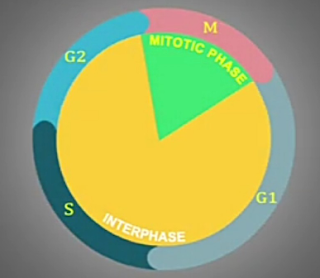Retrotransposons and its type
Define retrotransposons with example.
Class 1 transposons also known as retrotransposons move through the active RNA intermediaries. In other words, class 1 Te1 do not encode transposase, rather they produce RNA transcripts and then relay upon reverse transcriptase enzymes to reverse transcribe the RNA sequence back into which is then inserted into target site.
There are two types of class 1 Tes
1) LTR ( long terminal repeat):
LTR retrotransposons are characterized by the presence of long terminal repeats on both ends of LTR retrotransposons and DNA transposons are only ancient genomic relics and are not capable of jumping.
Eg: Human endogenous retroviruses and various Ty elements S cerenisione.
2) Non LTR retrotransposons:
Non LTR Tes, lack the repeats and include both autonomous and non-autonomous members. Autonomous Non LTR retrotransposons include LINES (long interspersed nuclear elements). In mammals non LTR retrotransposons are the most common type of mobile elements.
Line 1 or L1 and ALU genes represents families of non LTR Tes. L1 elements average about six kilo bases in length. L1 is common in humans, its larger size means that this element makes up an estimated 15-17% of human genome.
Where as ALU elements average only a few hundred nucleotides making a short interspersed transposable elements or SINE. ALU is prolific having originated in primates and expanding in a relatively short time to about 1 million copies per cell in humans.
Non LTR Tes are the only active class of transposons.



Interesting
ReplyDelete